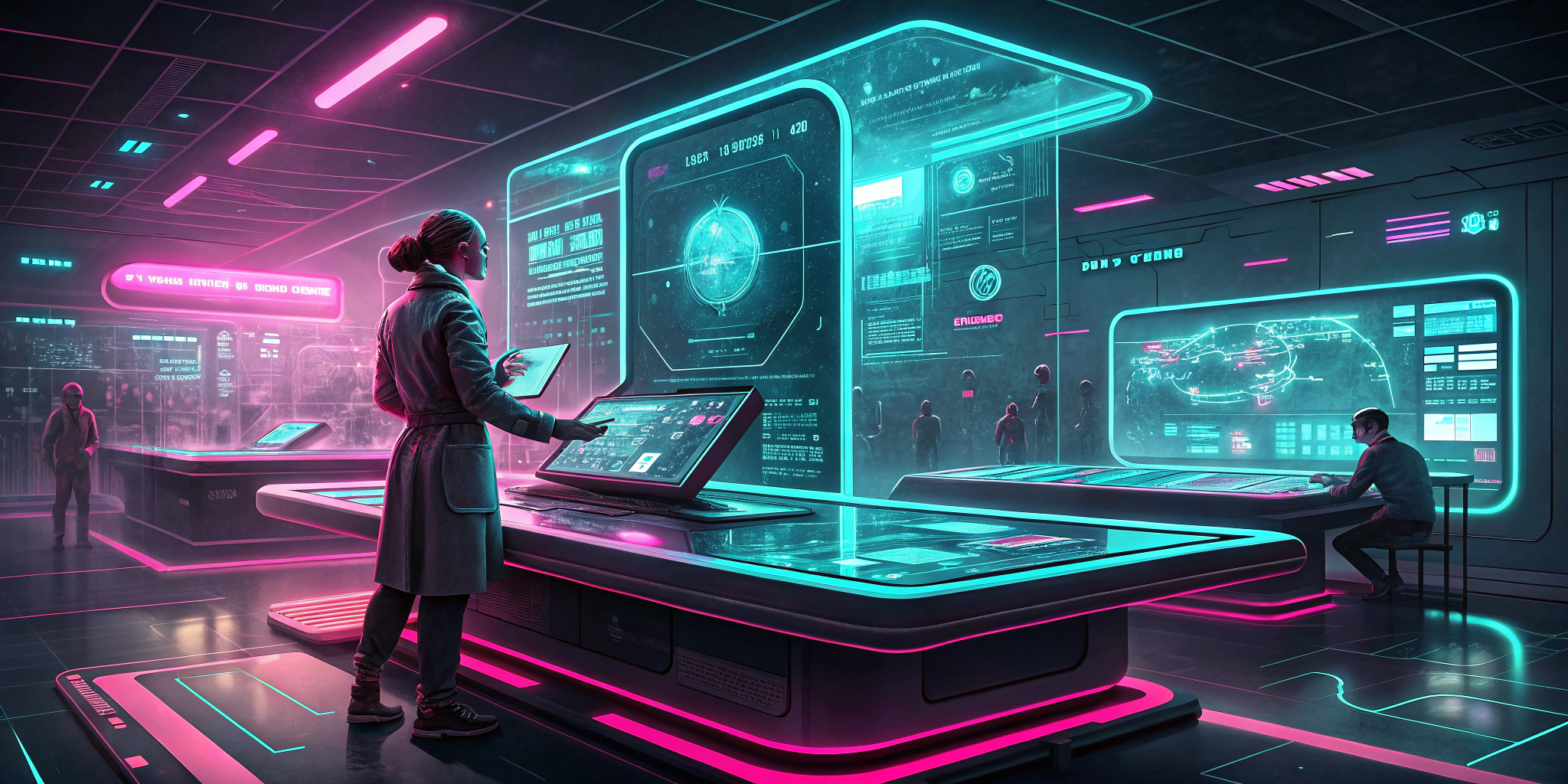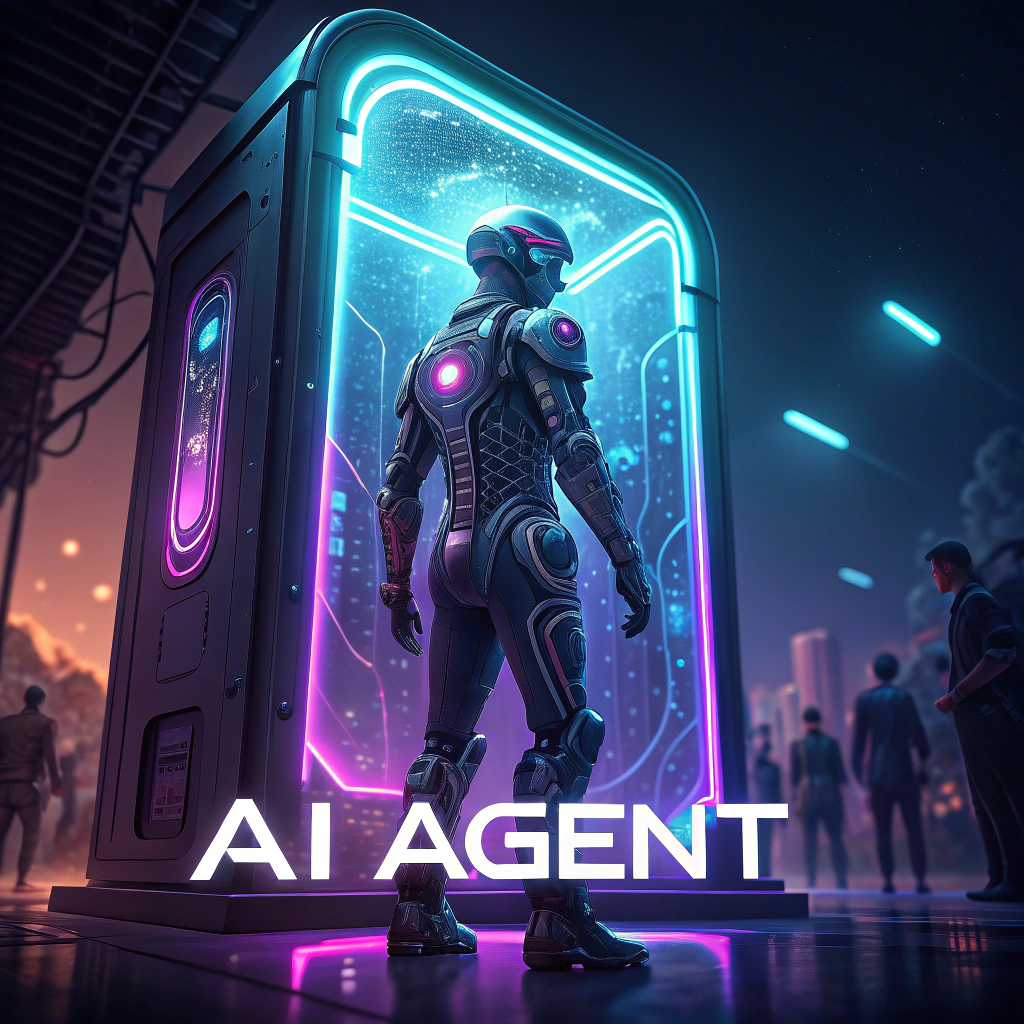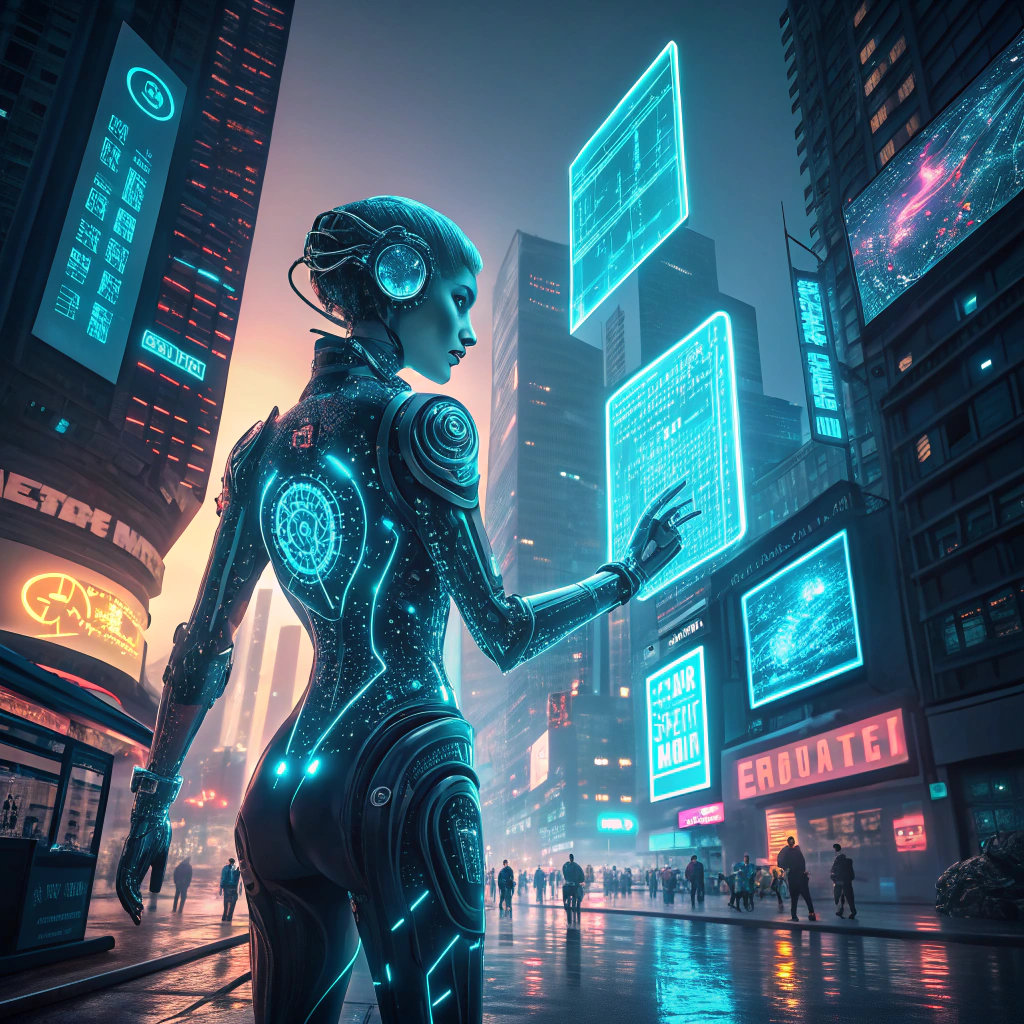AI Agents: Revolutionizing the Future of Automation
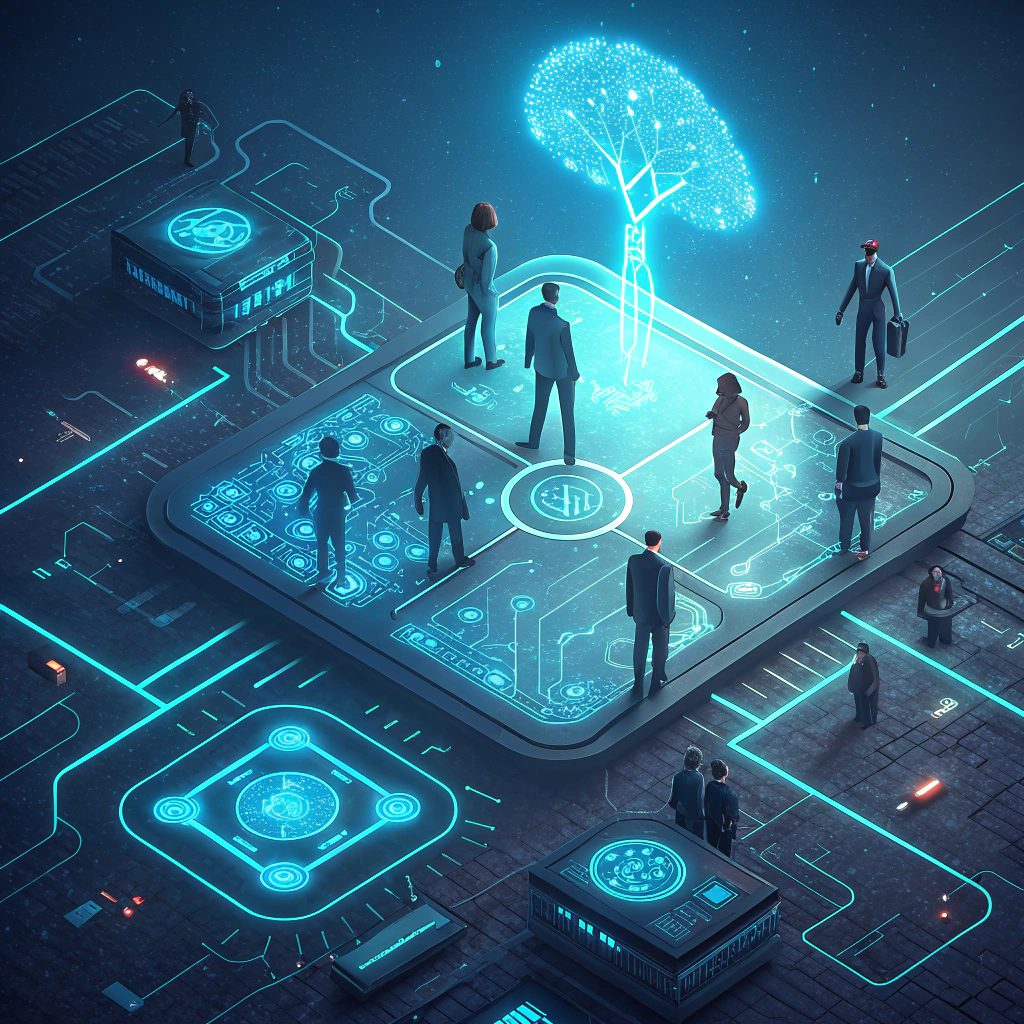
AI Agents: Revolutionizing the Future of Automation
Published 11 May 2025 • Focus keyword: agent
Introduction
From chatbots answering our questions in milliseconds to autonomous robots assembling cars, the modern agent is everywhere. Powered by advances in artificial intelligence, an AI agent is a software entity that can perceive, reason and act on our behalf—often faster and more accurately than any human could. This article explains what AI agents are, how they work and why every organisation should be paying attention.
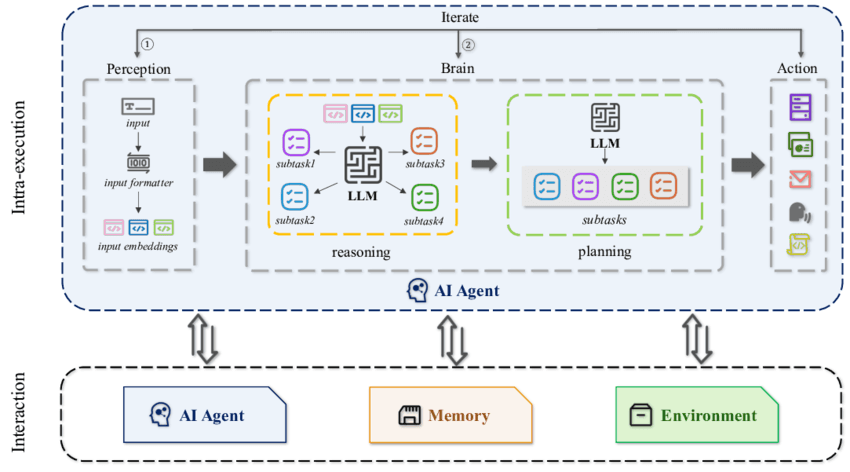
What Exactly Is an AI Agent?
An AI agent combines perception (sensing data), cognition (reasoning over that data) and action (executing a task) to achieve a goal autonomously. Unlike traditional programs that follow fixed rules, an intelligent agent learns and adapts in real time.
Key Components of an Agent
- Sensor – gathers raw data from the environment.
- Memory – stores context for better future decisions.
- Reasoner – decides what to do next via algorithms or large-language-model prompts.
- Actuator – executes the chosen action (sending an email, moving a robot arm, calling an API, etc.).

Four Popular Types of Agents
- Reactive Agents – respond instantly without internal models.
- Deliberative Agents – plan actions using symbolic reasoning.
- Hybrid Agents – blend reactive speed with deliberative planning.
- Learning Agents – improve continually using data ( e.g., reinforcement learning ).
Real-World Applications
- Customer Service – 24×7 chat-based agents cut resolution time by up to 80%.
- Healthcare – Diagnostic agents flag anomalies in X-rays and MRI scans.
- Finance – Trading agents execute high-frequency orders in microseconds.
- SEO & Marketing – Search-ranking agents (see Nightwatch) optimise content to surface higher in AI search results.
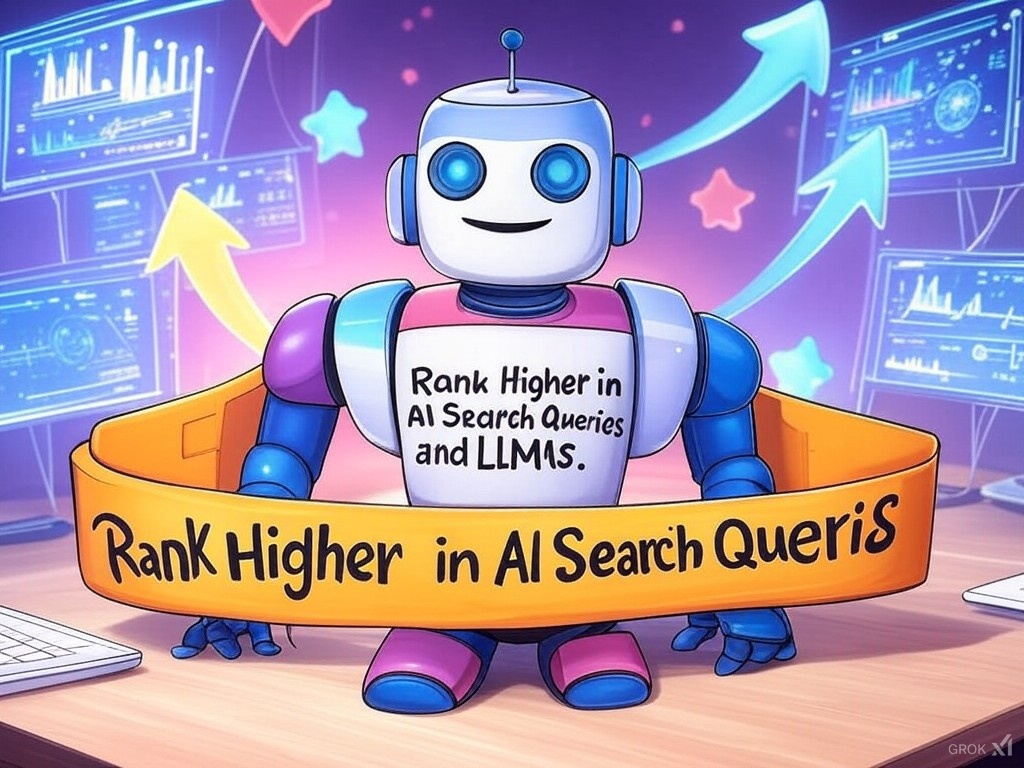
Benefits at a Glance
| Benefit | Impact |
|---|---|
| Automation | Free team from repetitive labour |
| Accuracy | Data-driven decisions with fewer errors |
| Scalability | Handle millions of interactions in parallel |
| Cost | Lower operational expenses |
Risks & Responsible Deployment
Security researchers at XenonStack recently identified 10 common vulnerabilities. To deploy an agent safely:
- Audit training data for bias.
- Encrypt sensitive inputs and outputs.
- Keep a human-in-the-loop for critical decisions.
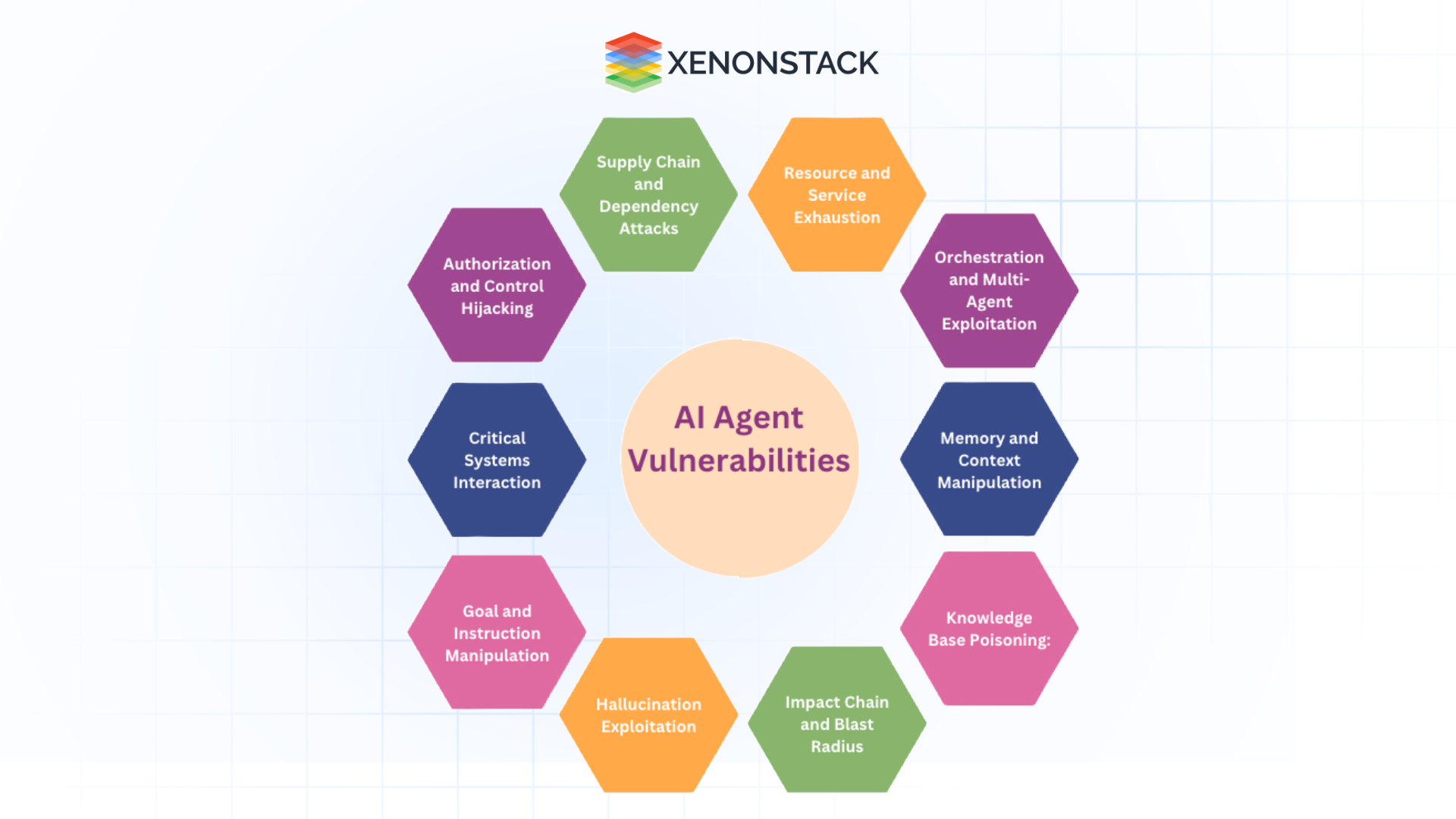
Future Outlook
Edge computing, explainable AI and multi-agent collaboration will define the next decade. Organisations that invest early will build compounding advantages.
Image Credits
- Featured image generated via Imaginary Image Generation.
- Solute Labs, IBM Think, XenonStack and Nightwatch images embedded above (pulled via Perplexity).
